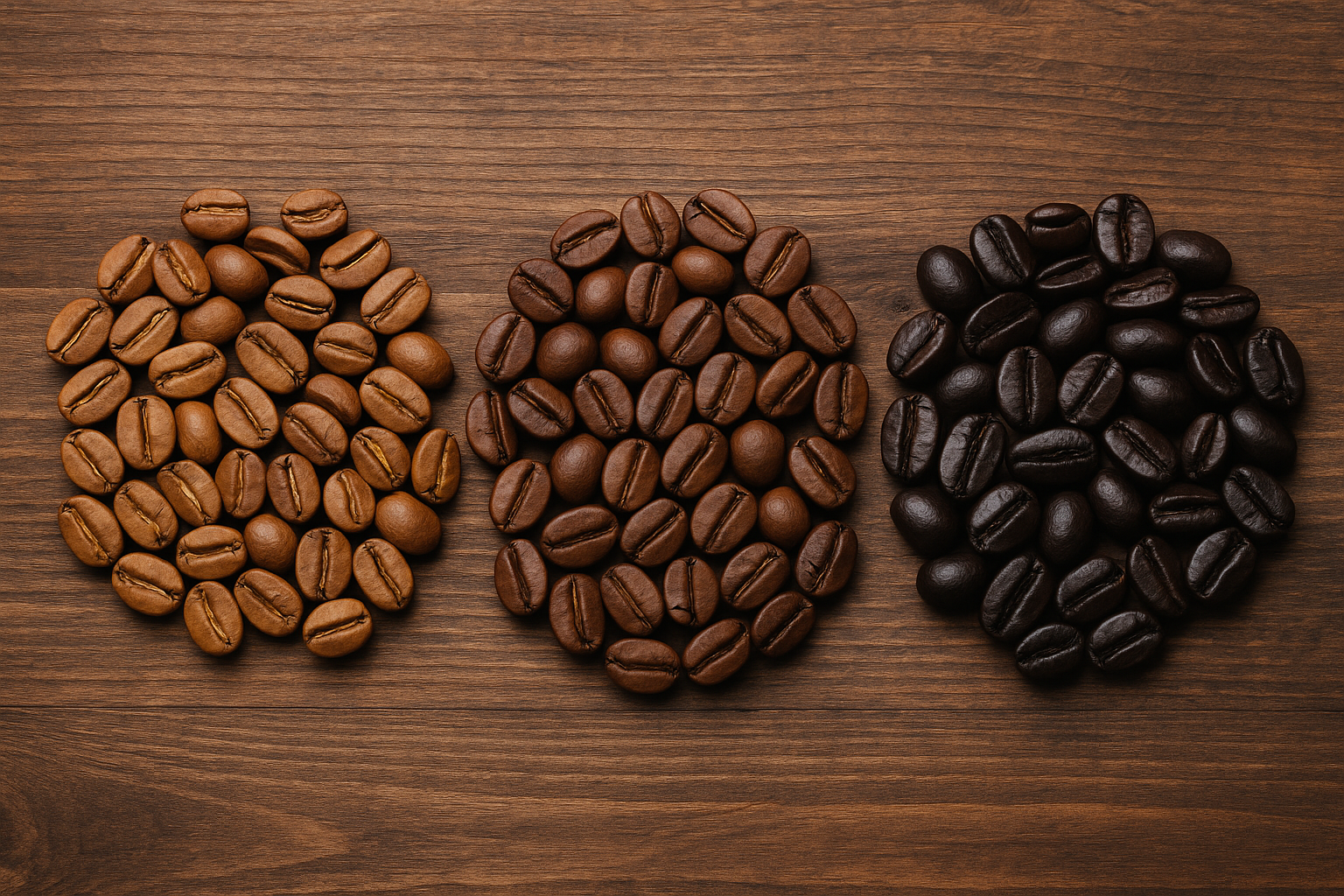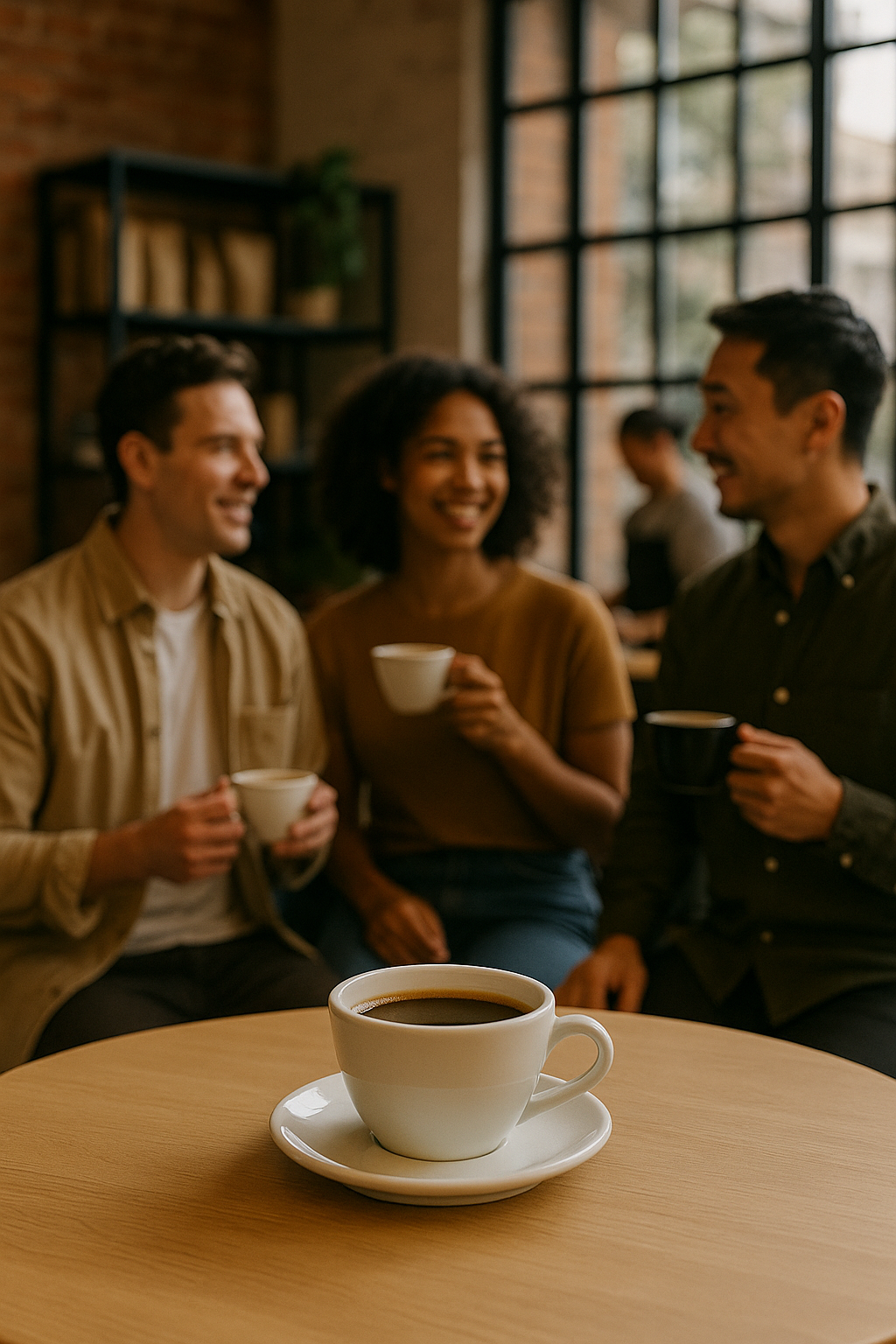Coffee is more than just a morning ritual; it is a craft that combines science, precision, and passion. While some people settle for instant coffee or a rushed espresso, others treat coffee brewing as an art form. Making a great cup of coffee requires more than just hot water and ground beans. It’s about choosing high-quality beans, understanding how different brewing methods influence flavor, and applying the right techniques consistently. Whether you are a beginner just getting started or a seasoned enthusiast, this guide will walk you through everything you need to know about how to make a great coffee at home.

Choosing the Right Coffee Beans
Freshness Matters
The journey to a great cup of coffee begins with the beans. Coffee is an agricultural product, and just like fresh fruits or vegetables, its quality declines over time. Freshly roasted beans are key to achieving rich and complex flavors. Ideally, coffee should be consumed within 2–4 weeks of roasting.
Origin and Varietals
Coffee beans come from different regions—Ethiopia, Colombia, Brazil, Guatemala, and beyond. Each origin has distinct flavor profiles: Ethiopian beans may offer floral and fruity notes, while Colombian beans are known for their balanced acidity. Choosing the right beans depends on your taste preferences.
Arabica vs. Robusta
Arabica beans are prized for their smooth, nuanced flavor, while Robusta beans are stronger, more bitter, and higher in caffeine. Specialty coffee usually favors Arabica, but blends can include Robusta for added body.
Grinding for Perfection
Why Grind Size Matters
The grind size directly affects extraction. Too coarse, and your coffee will be weak and under-extracted. Too fine, and it may taste bitter or muddy. The right grind size depends on your brewing method:
- French Press: coarse grind
- Pour-Over / Drip: medium grind
- Espresso: fine grind
- Turkish Coffee: extra fine
Burr Grinder vs. Blade Grinder
Investing in a burr grinder ensures uniform grind size, which leads to more consistent results. Blade grinders chop unevenly, often producing both powdery fines and large chunks, which compromises flavor.
Water Quality and Temperature
Coffee is 98% water, so the quality of your water plays a critical role. Ideally, use filtered water free of chlorine and heavy minerals. The best brewing temperature is between 195°F and 205°F (90°C–96°C). Boiling water can scorch the grounds, while cooler water under-extracts flavors.
Brewing Methods Explained
1. French Press
Simple, rich, and full-bodied. The French Press immerses coarse grounds in hot water for 4–5 minutes before pressing with a plunger. It highlights the oils and heavier notes in coffee.
2. Pour-Over
A pour-over (like a V60 or Chemex) creates a clean, bright, and nuanced cup. Hot water is poured slowly over coffee grounds in a filter, allowing precise control over extraction.
3. Espresso
Espresso is intense, concentrated, and forms the base for drinks like lattes and cappuccinos. It requires finely ground coffee, high pressure, and a precise brew time of about 25–30 seconds.
4. Cold Brew
Steeping coarsely ground coffee in cold water for 12–24 hours produces a smooth, low-acid, and refreshing drink. Perfect for hot summer days.
5. Aeropress
Portable and versatile, the Aeropress allows experimentation with brew times, pressures, and grind sizes. It’s ideal for travelers who don’t want to compromise on quality.
Ratios and Measurements
The golden ratio for coffee is generally 1:15 to 1:18, meaning one gram of coffee to 15–18 grams of water. For a standard 12-ounce cup (about 350 ml), use around 20 grams of coffee. A digital scale helps ensure precision and consistency.
Milk, Sugar, and Alternatives
While purists may prefer black coffee, many enjoy adding milk, cream, or plant-based alternatives like oat or almond milk. Proper milk frothing can transform a latte into an art piece, while sugar or flavored syrups can customize taste to your preference.
Common Mistakes to Avoid
- Using stale beans past their peak freshness.
- Brewing with boiling water.
- Neglecting to clean your coffee equipment regularly.
- Guessing measurements instead of using a scale.
- Storing coffee in the fridge (it absorbs odors).
Elevating Your Coffee Experience
Beyond technique, making a great coffee is about ritual and enjoyment. Try experimenting with different origins, roast levels, and brewing methods. Keep notes of your experiments—how grind size, water temperature, or brew time influenced the taste. Over time, you’ll refine your process and find the perfect cup tailored to your taste.
Conclusion
Making a great coffee is a balance of science and art. From choosing the right beans and grind size to mastering water temperature and brewing techniques, each detail shapes the final cup. The beauty of coffee lies in its endless possibilities—there is always room to experiment, explore, and enjoy. With practice and patience, you’ll transform your daily cup into something truly extraordinary.
FAQ
1. What is the most important factor in making great coffee?
The quality of the beans is the foundation. Freshly roasted, high-quality beans will always outperform stale or low-grade coffee.
2. Should I grind coffee beans in advance?
No. Coffee loses flavor quickly once ground. Always grind just before brewing for maximum freshness.
3. What’s the best water-to-coffee ratio?
The standard ratio is 1:15 to 1:18. For example, 20 grams of coffee to 300 ml of water. Adjust slightly based on taste.
4. Does the type of water matter?
Yes. Filtered water without chlorine or excessive minerals produces a cleaner, better-tasting cup. Tap water can alter flavor significantly.
5. Which brewing method makes the best coffee?
It depends on your taste preference. French Press is rich, pour-over is clean and bright, espresso is intense, and cold brew is smooth and refreshing.
6. How should I store coffee beans?
Store in an airtight container at room temperature, away from light, heat, and moisture. Avoid the fridge or freezer.
7. Can I make café-quality coffee at home without expensive equipment?
Absolutely. While premium gear helps, even a simple French Press or pour-over setup with fresh beans and proper technique can deliver café-quality results.

